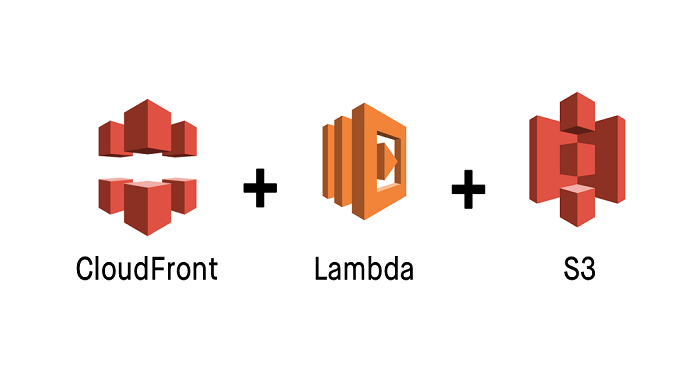There was a time when having the Content Delivery Network was highly unusual for businesses due to the high price and complicated IT infrastructure. Nowadays, AWS CloudFront has helped users access data, resulting in low latency, minimal traffic on the network, and quick access to data at an affordable cost. It is a popular network. The process of learning to use AWS CloudFront might be simpler with AWS training and certification.
What exactly is AWS’s CloudFront?
AWS CloudFront is a worldwide distribution network that is provided by Amazon Web Services, which is able to safely transfer content, including SDKs software videos, and much more. Clients with a high rate.
Amazon CloudFront is a content delivery service that works with the additional Amazon Web Services (AWS) to give developers an easy method to distribute content to customers.
This service is ideal for companies that require faster response times and larger files that require available to a sufficient number of clients. If the content is saved on an origin server like an Amazon Simple Storage Service bucket or an Elastic Compute Cloud instance it is distributed to different CloudFront servers depending on the amount of content that is required.
CloudFront includes features like Dynamic Site Acceleration. It is a technique used to speed up the distribution of online content. However it’s in no position to change the structure of content like shrinking files or turning images into animated or sprites. CloudFront increases the speed of delivery of content that’s dynamic by connecting content to the users, and thereby allowing it to cut down on the time needed to access content.
Amazon CloudFront is a fantastic choice for any website which distributes a variety of content that need to be scaled up. It can help reduce the costs for running a website as well as enhances the efficiency of the site through offering high download speeds and low latency and pay-as you-go pricing.
The benefits of AWS CloudFront
- It will keep your content from being pushed to the edges and decrease the burden, which will result in more accessibility for apps.
- It’s user-friendly and will ensure increased productivity.
- It offers you the highest security through security features like the “Content Privacy feature.
- It offers GEO targeting services that ensure that content is delivered to the right users.
- It uses HTTP and HTTPS protocol to accelerate the flow of information.
- It’s cheaper since it only charges for the transfer of data.
Let’s look at the various parts of CloudFront.
Distribution
Distributions are the way to implement CloudFront. It acts as a reference to the original content that you host on AWS or custom source. The source of the content have to be identified within the distribution process so that CloudFront will know where to look for details when a request is received and there isn’t any information in the cache.
Origins
Origins are the basis for an Amazon S3 bucket or HTTP server, which may include the EC2 server, from where CloudFront receives content. The origins need to be established. To make sure you have security and to ensure that your source can provide contents through CloudFront there are a variety of options to consider. You can utilize the OAI (Origin Access Identity) for S3 to limit the access of your S3 buckets to CloudFront only. Any other request not coming from CloudFront is refused. Signing a URL is a way to ensure that it’s authentic and this implies that CloudFront is able to connect to the originand only connect if the contents of the URL that you have signed are valid. It is also possible to utilize the Origin Custom header that connects CloudFront to your source, and based on the contents of the header the origin will try to locate the header. If it’s not found or the information is incorrect your request will be denied.
Behaviors
Behaviors are that you can make all kinds of configurations. It allows you to create rules that modify or alter the content that is provided according to who’s seeking it, or on the length of time an item will remain inside the caching. CloudFront Distributions are equipped with one or more behaviors, however there is always a default behavior. There are different behavior options in accordance with precedence order, and when, in the sequence of precedence, there’s no prerequisite that is met according to the precedence order then the default behavior will be applied.
Tags, Restrictions, Errors and Tags
CloudFront allows you to restrict access to users based on their geographical location. The person who requests access for free. You can select to either black-list or white-list an area. This could be due to security motives or the fact that you are only granted the authority to disseminate content to a limited range of locations. Errors let you display an error message if the error occurs. You can save this error page for a particular time period and specify the response code that needs to be sent.
AWS WAF (Web Application Firewall)
AWS WAF helps to protect you and your web applications from security vulnerabilities that could affect the availability of your application, security or consumption resources. It allows you to design customized security rules that define which traffic can be allowed and what is not. It’s a seven layer application Protection feature that is integrated to the entirety of CloudFront Edge locations across the world.












